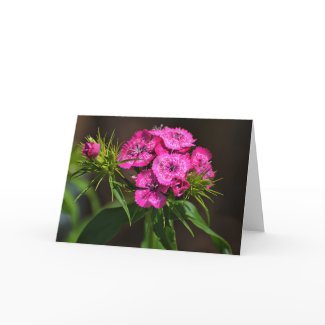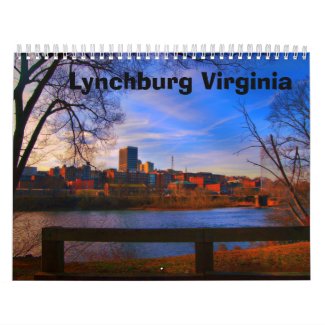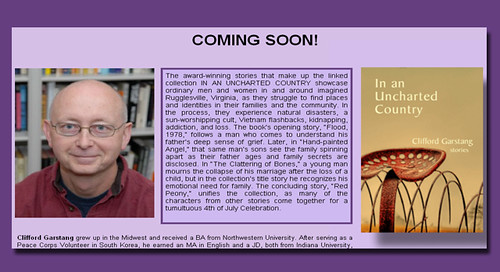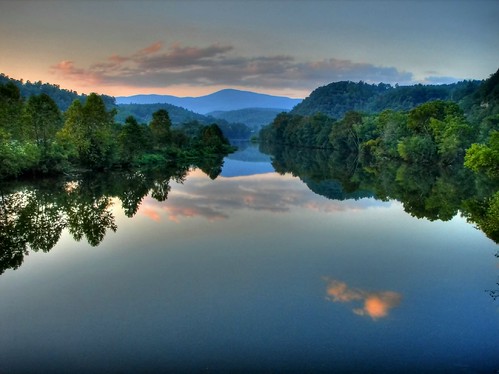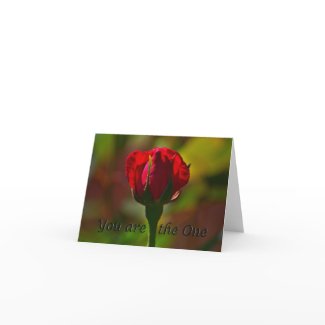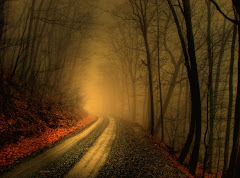
Photo taken with a Panasonic Lumix DMC-TZ5A 9.1MP Digital Camera
Being on top of your game in the photographic field not only requires top photo skills but keeping up with new developments. Here are some product tips and short review of what I have found interesting.
Some of these I own myself, others are on my wish list. And some, I thought might just be interesting, but I have no plans to purchase. Check my recommendations here for an honest opinion.
1. Eye-FI SDHC card
* Wi-Fi Security: Static WEP 40/104/128, WPA-PSK, WPA2-PSK Mac and PC Compatible
* Stores photos and videos like a standard memory card
* Wireless upload of photos and videos via Wi-Fi to your PC or sharing, printing, social networking or blogging web site, even when computer is off
* Upload photos and videos wirelessly from over 10,000 Wi-Fi hotspots across the nation.
* Automatically adds geographic location information (geotags) so you can easily find and organize your memories.
This is not on my list to buy. A neat idea but is it really necessary item for me or you?
2. Polaroid Pogo:
* Digital camera with integrated printer instantly delivers full-bleed borderless images that are dry to the touch
* Features automatic image quality optimization with water-resistant, tear-proof, smudge-proof and peel-off prints
* Prints 2 x 3-inch borderless color images in under a minute
* Print speed: 60 seconds per print, from snap to share
Wow, I thought this was interesting Polaroid is getting back to the instant picture concept again. I can't see the need for this camera for me. But there maybe some creative minds out there that see advantages I do not.
3. Panasonic Lumix DMC-TZ5A 9.1MP Digital Camera
This is one very cool camera to carry in your pocket. I bought one before a trip to Yellowstone and I am impressed by its ability to have a long aspect ratio. As an added benefit the HD movies it can record are just superb. The picture above is an example of its ability. I use this camera on every camera shoot even if I have my DSLR with me. An indispensable pocket camera.
4. LensBaby Composer:
Yes, this is definitely on my wish list. I have seen what can be done with this lens and I want a lens baby to call my own.
This new lens from Lens Baby offers creative control for the experimental photographer. The ball and socket design and interchangeable lenses offer the ultimate in getting that sweet spot just were you want it.
5. Joby GP1-EGEN Gorillapod Flexible Tripod:
This tripod is definitely on my to buy list. I see uses for it when I do event photography and need a third hand.
Flexible tripod designed for digital cameras weighing up to 9.7 ounces (275 grams)
Fits into your purse, backpack, or jacket pocket
Innovative segmented leg design to ensure secure mounting
Standard universal 1/4-20 screw for attaching your camera to the tripod mount
6. Caselogic UP-2 Universal Pockets:
If you have had any experience with caselogic cases, you know their quality at a reasonable price. These pockets are great for small camera protection in your pocket. I own several and use them daily. One is connected to my key chain now.
7. Holga 120CFN Medium Format Fixed Focus Camera with Lens and Built-in Flash with Color Filter Wheel:
Not exactly an innovation, but a blast back into film cameras. This is one of the premier cult cameras with all the desired idiosyncrasies of the beatnik artistic photographer. Be sure to read extensively about lomo photography. And you too can become a debutant in off beat artistic photography.
This goes on and off my wish list as often as a coin turns up head or tails. A low priority, but may get one someday.
8. Lowerpro Sling bag:
Definitely on my to buy list. I have a camera bag that carries all my equipment and it is great to get everything in one spot: the car. Twenty pounds is a little much to lug around. A small light bag like this would be perfect to carry the essentials on a hike or event shoot.
9. Tamrac N-5055 Neoprene Shock Absorber Digital Camera Strap (Black):
I own this and love it. Do you ever get tired of the camera strap digging into you neck. This solves the issue and I love the two pockets on the strap that I store my memory cards. Now I always have my memory cards ready to change. A definite must have.
10. Wacom Intuos tablet:
You mouse is like a bar of soap on rough slate. This is like a precise instrument that can reach to the one pixel level. I have this love it and do not know how I did without it.








